| North Carolina's 189 Odonate species | ||||
|---|---|---|---|---|
| Sort Species by: Family Scientific Name [ Undocumented ] |
| Related Species in LIBELLULIDAE: | Number of records for 2025 = 69 | |
| Photo Gallery for Eastern Pondhawk 72 photos are available. Only the most recent 30 are shown. |
Other NC Galleries: Jeff Pippen Will Cook Ted Wilcox | ||
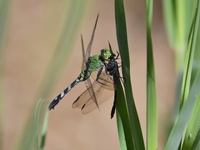 | Photo 1 by: Matt Spangler Comment: Onslow, 2025-09-12, White Oak River GL Impoundment - several predating seaside dragonlets | 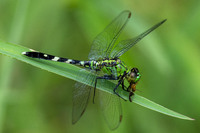 | Photo 2 by: Amy Padgett Comment: Bladen, 2025-08-03, 2 miles SE of Clarkton - At the edge of a stream near the swamp |
 | Photo 3 by: John Petranka, Sally Gewalt Comment: Richmond; C, 2026-06-29, Beaver Pond 1, along Nursery Road - Recorded in the NCBP survey of the Sandhills Game Land | 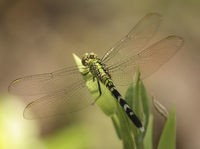 | Photo 4 by: John Petranka, Sally Gewalt Comment: Richmond; C, 2025-06-29, West Seep along Nursery Road, - Recorded in the NCBP survey of the Sandhills Game Land |
 | Photo 5 by: Al Hooks Comment: Clay, 2025-05-17, Buck Creek Beaver Pond | 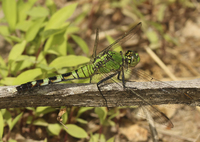 | Photo 6 by: John Petranka Comment: Chatham, 2025-04-19, White Pines Nature Preserve at larger the farm pond, White Pines Biodiversity Survey - Female |
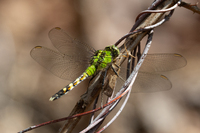 | Photo 7 by: Amy Padgett Comment: Bladen, 2025-03-29, Turnbull Creek at Braxton Edge Road, Ammon - At edge of pond | 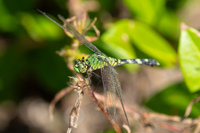 | Photo 8 by: Amy Padgett Comment: Bladen, 2024-10-06, Suggs Mill Pond Gamelands, Horseshoe Lake - 2:30P |
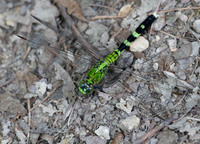 | Photo 9 by: Steve Hall Comment: Chatham, 2024-06-09, | 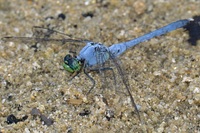 | Photo 10 by: Kevin Metcalf Comment: Mecklenburg, 2022-07-20, Mountain Island Lake, Latta Nature Preserve, Huntersillve |
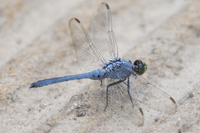 | Photo 11 by: Mark Shields Comment: Greene, 2022-06-20, Contentnea Creek at Snow Hill Boating Access Area | 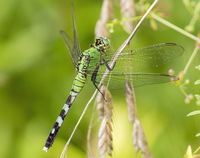 | Photo 12 by: John Petranka Comment: Durham, 2021-08-04, NHCBS, New Hope Creek Bottomlands, Old Chapel Hill Road Park along Paved Trail |
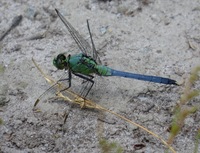 | Photo 13 by: Lynn Swafford Comment: Pitt, 2021-05-24, Male: Pond in Farmville, NC near disk golf course | 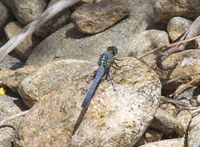 | Photo 14 by: John Petranka, Jim Petranka, Becky Elkin Comment: Yancey, 2021-05-24, Along Cane River south of Burnsville. - Male. |
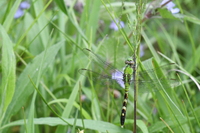 | Photo 15 by: Jan Hansen Comment: Orange, 2021-04-18, Mason FarmFarm Biological Reserve-Chapel Hill |  | Photo 16 by: Mike Turner Comment: Wilkes; P, 2018-07-21, W. Kerr Scott Dam and Reservoir; from dam to ~1000' downstream |
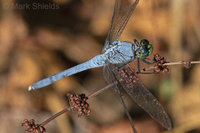 | Photo 17 by: Mark Shields Comment: Richmond; C, 2018-07-06, Pee Dee River; 2 km stretch upstream from Diggs Tract Access, by kayak | 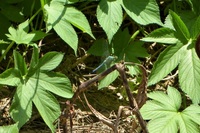 | Photo 18 by: Mike Turner Comment: Davie, 2018-07-03, S. Yadkin River @ Concord Church boating access |
 | Photo 19 by: Chuck Smith Comment: Davidson, 2018-07-02, Lexington. Pond at Finch Park. |  | Photo 20 by: Mike Turner Comment: Forsyth, 2018-07-01, Winston Lake |
 | Photo 21 by: Mark Shields Comment: Jackson, 2018-06-25, Pond beside Breedlove Road, 5 km northeast of Cashiers | 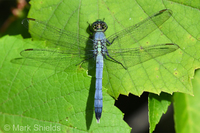 | Photo 22 by: Mark Shields Comment: Craven, 2018-06-16, Swift Creek; 7 km section between Cool Springs Boating Access Area and NC 43 bridge, by kayak |
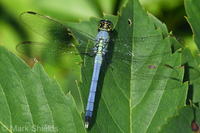 | Photo 23 by: Mark Shields Comment: Chowan, 2018-06-09, Chowan River at Edenhouse Bridge Boating Access Area | 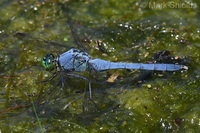 | Photo 24 by: Mark Shields Comment: Edgecombe, 2018-05-25, Etheridge Pond, Tar River Game Land |
 | Photo 25 by: Mark Shields Comment: Anson, 2018-04-21, Pee Dee National Wildlife Refuge | 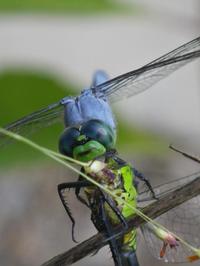 | Photo 26 by: j.wyche Comment: Gates, 2017-08-07, Merchants Millpond State Park - male eating a female |
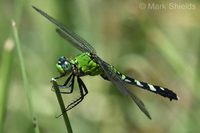 | Photo 27 by: Mark Shields Comment: Lenoir, 2017-08-01, Neuseway Nature Park, Kinston | 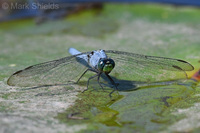 | Photo 28 by: Mark Shields Comment: Washington, 2017-06-16, Conaby Creek, from boating access area to 2.25 km upstream by kayak |
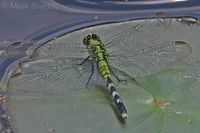 | Photo 29 by: Mark Shields Comment: Bertie, 2017-06-16, Boardwalk along Cashie River, Windsor |  | Photo 30 by: Curtis Smalling Comment: Macon, 2017-06-06, late afternoon at Highlands Biological Station |
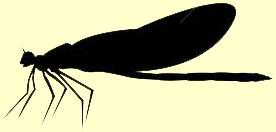
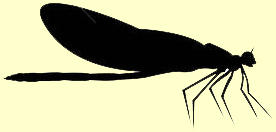 »
»